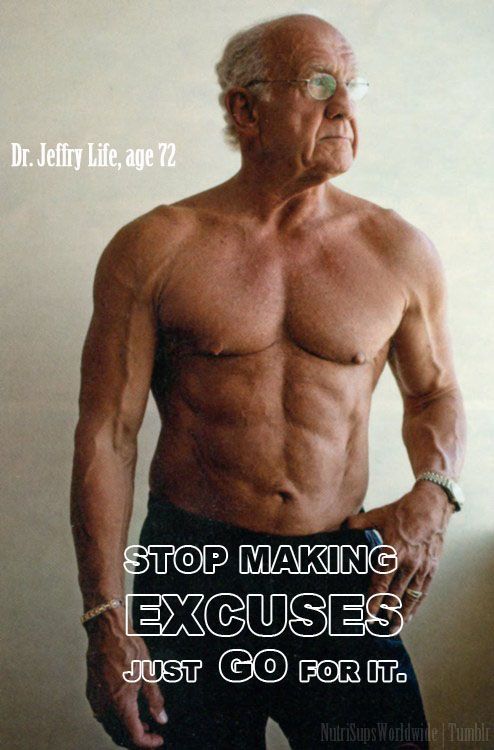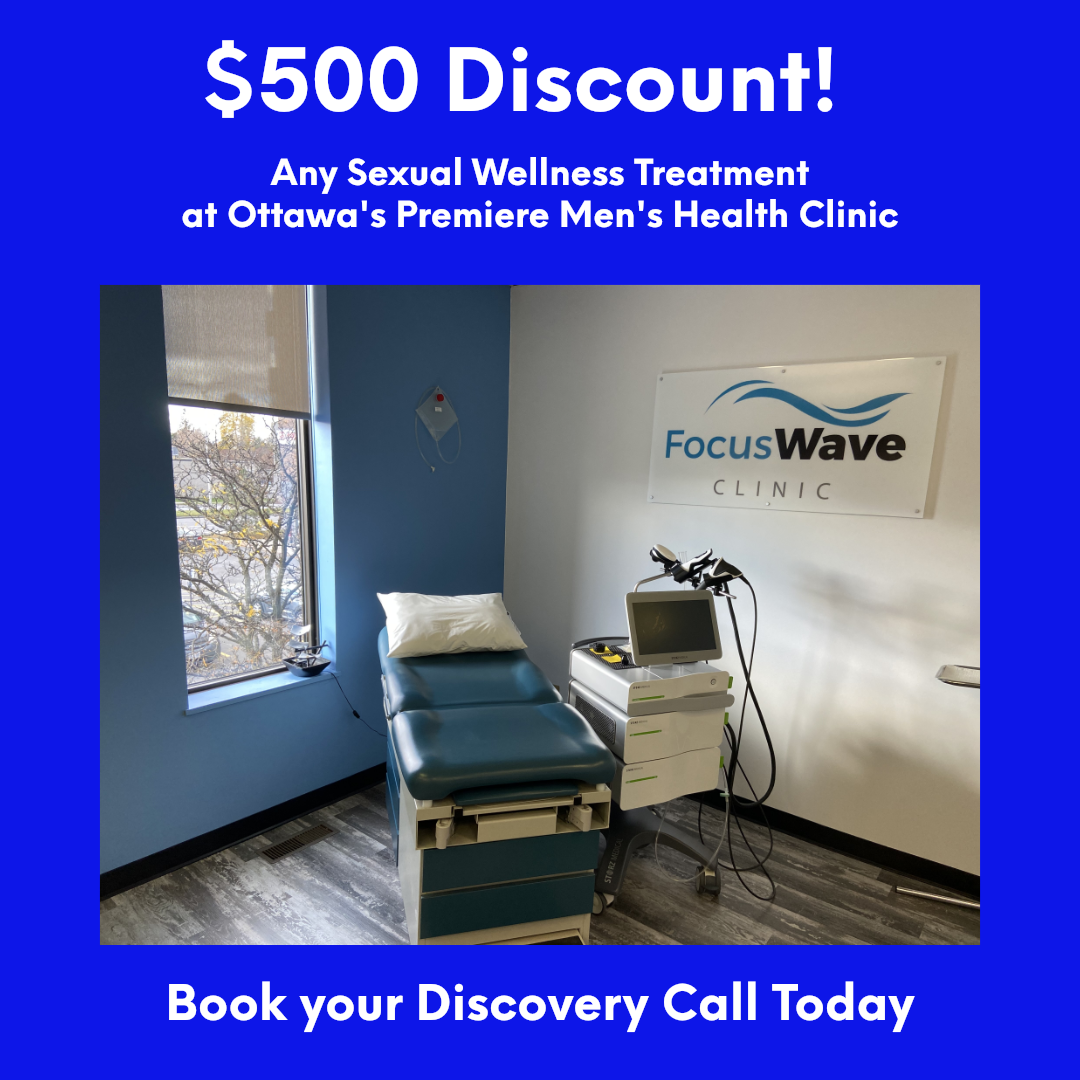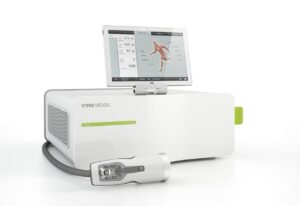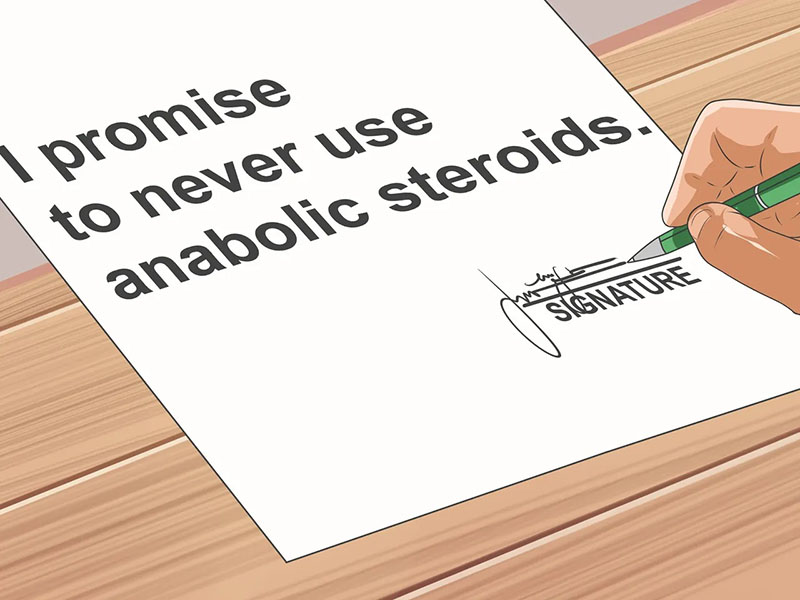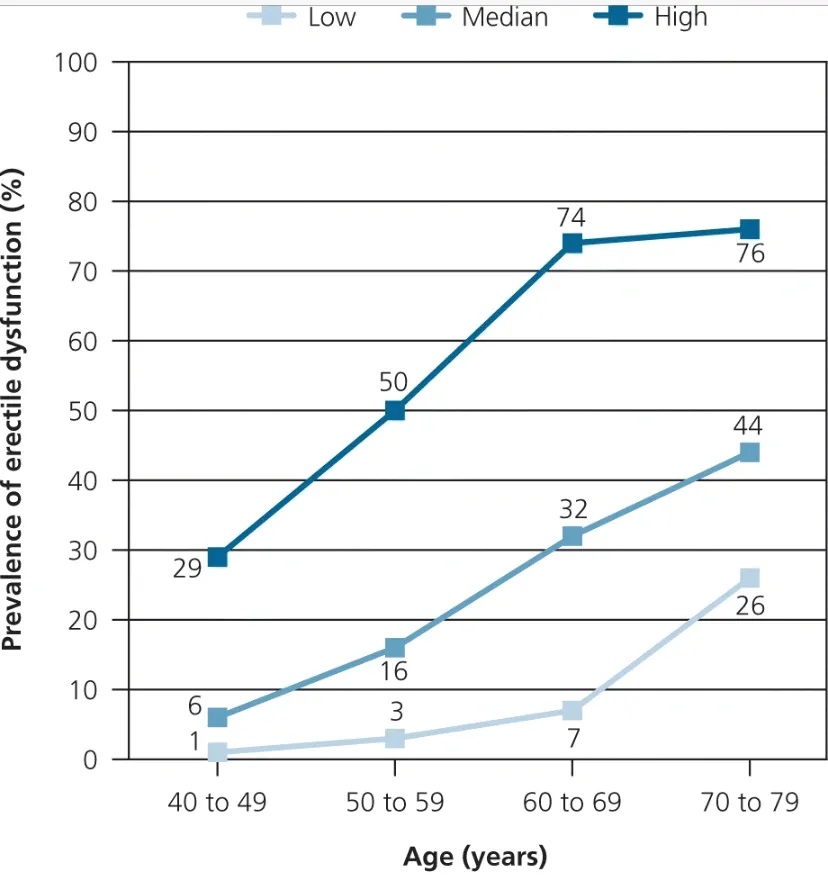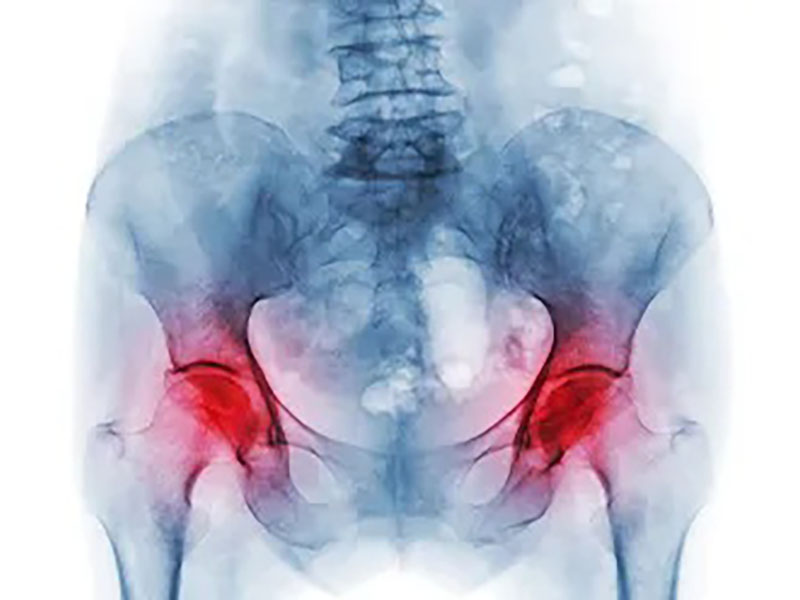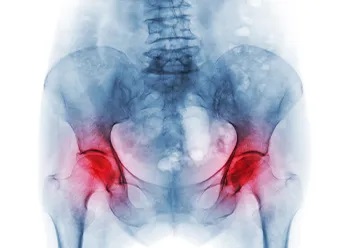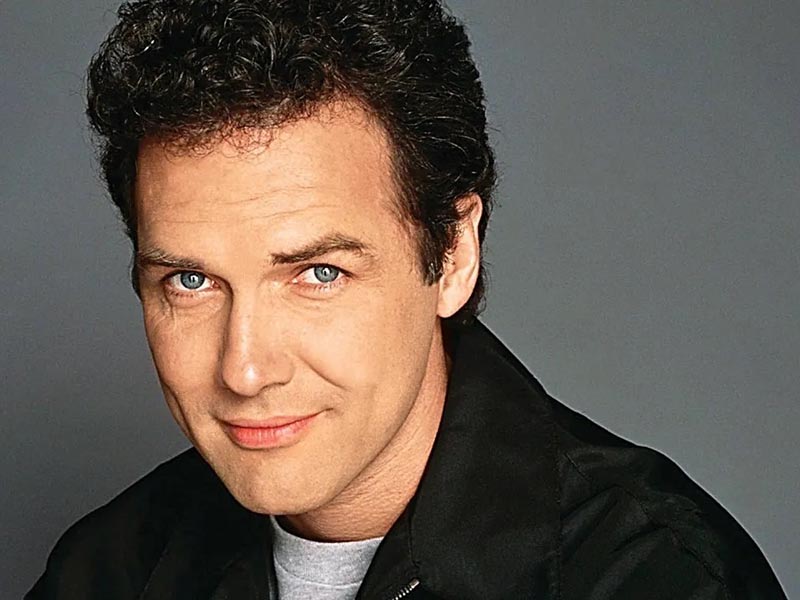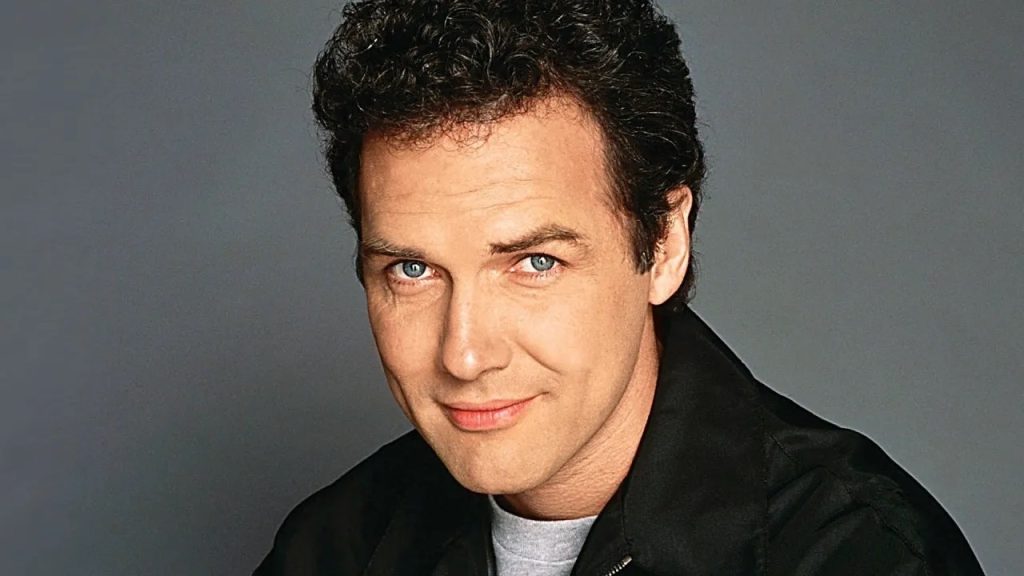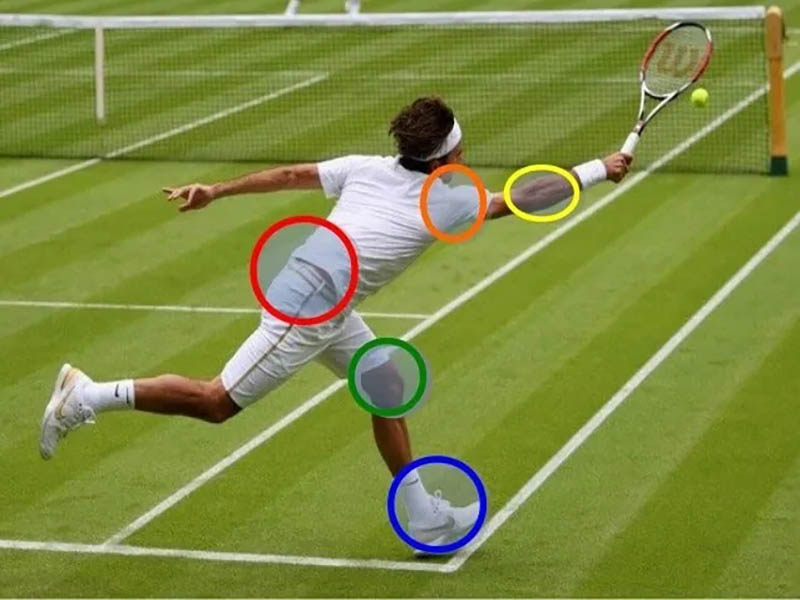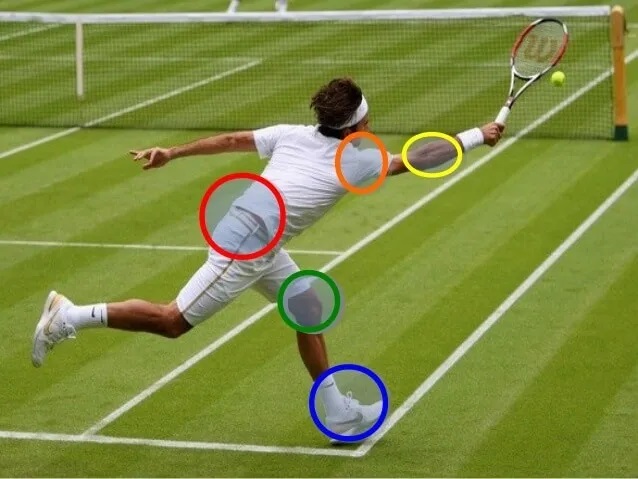Tip 3/30 – GET OFF YOUR ASS AND MOVE!
Want 5 x 30 minute exercise plans to get your vascular and sexual health energized?
Read on.
Stop making excuses.
We all do it – but get real.
Excuses are like assholes – everyone’s got one and some of them are really shitty.
A MINIMUM of 30 minutes EVERYDAY doing something active to get your heart pumping is required to be part of your routine.
Regular exercise has been associated with various health benefits, including improvements in cardiovascular health, mental health, sexual health, hormonal balance, and overall well-being.
For your sexual health – regular exercise can reduce your risk of Erectile Dysfunction, especially in middle-aged and older men.
Study: pubmed.ncbi.nlm.nih.gov/12899583/
A recent study shows how exercise can benefit your mental health, far greater than antidepressants.
Study: bmj.com/content/384/bm
In a study about men’s cardiovascular health it has been shown that regular exercise is associated with the promotion of better blood flow throughout the body, including the genital area. This can be beneficial for erectile function.
Study: pubmed.ncbi.nlm.nih.gov/21597089/
And as it relates to the endocrine system, it’s been shown that resistance training can positively influence hormonal balance, including testosterone levels, which may impact sexual health.
Study: pubmed.ncbi.nlm.nih.gov/26477919/
While there are hundreds of clinical studies exploring the relationship between exercise and sexual health in men, it’s important to note that individual responses may vary, and additional research is always being done.
The key is to maintain a balanced and healthy lifestyle that includes regular physical activity.
So where do we start?
Here are five 30-minute exercise routines for men that target vascular health and contribute to overall well-being:
1. Cardiovascular Focus:
Warm-up (5 minutes): Jumping jacks, high knees, arm circles.
Cardio (20 minutes): Brisk walking, jogging, or cycling.
Strength Training (5 minutes): Bodyweight exercises like push-ups, squats, lunges.
Cool Down (5 minutes): Stretching for major muscle groups.
2. High-Intensity Interval Training (HIIT):
Warm-up (5 minutes): Jump rope, light jogging in place.
HIIT Session (15 minutes): Alternating between 30 seconds of intense exercises (burpees, mountain climbers) and 30 seconds of rest.
Strength Training (5 minutes): Dumbbell exercises (bicep curls, overhead press).
Cool Down (5 minutes): Stretching and deep breathing.
3. Full-Body Strength and Cardio:
Warm-up (5 minutes): Dynamic stretches.
Strength Training (15 minutes): Circuit of squats, lunges, push-ups, and planks.
Cardio (10 minutes): Running intervals or jumping jacks.
Cool Down (5 minutes): Yoga-inspired stretches.
4. Cycling and Core Workout:
Warm-up (5 minutes): Light stretching.
Cycling (20 minutes): Moderate-paced cycling, either on a stationary bike or outdoors.
Core Workout (5 minutes): Planks, bicycle crunches, Russian twists.
Cool Down (5 minutes): Gentle stretching.
5. Yoga and Relaxation:
Warm-up (5 minutes): Gentle yoga poses and deep breathing.
Yoga Session (20 minutes): Focus on poses that promote flexibility, balance, and relaxation.
Meditation (5 minutes): Mindful breathing or meditation to reduce stress.
Cool Down (5 minutes): Seated stretches and relaxation.
Consistency is key, and it’s essential to incorporate a variety of exercises to address cardiovascular health, strength, and flexibility.
Remember to tailor these routines to your fitness level and preferences.
Before starting a new exercise program, consider consulting with a healthcare professional, especially if you have any pre-existing health conditions.
#ottawa #Waterloo #Kitchener #ErectileDysfunction #EDtreatment #Menshealth #PeyroniesDisease #NitricOxide #ChronicPelvicPainSyndrome #UrinaryIncontinence #PelvicFloorPhysiotherapy #Anorgasmia #libido #sexualdysfunction #Dyspareunia #shockwavetherapy #sexualhealth #chronicpain #bladderincontinence #ErectileFunction #SexualHealthClinic #CurvedPenis #painfulerection #chronicpelvicpain #FocusWave #pelvichealth #pain #naturopath #testosterone

